Visual Appeal and Versatility: A Head-to-Head Analysis of Whiteboard Paint vs. Chalkboard Paint in Home Decor
The bright, eye-catching surfaces created by top-quality whiteboard paint are perfect additions to a home’s interior décor in the kitchen, children’s room, living room, and beyond. Besides their striking appearance, whiteboard painted walls can provide many other benefits to a home, such as enhanced communication among household members and increased chances for doing creative and practical activities with children and adults. On the contrary, when applied in the home, chalkboard paint is more limited in its usefulness, versatility, and aesthetic appeal. The following are comparisons between the two coatings from the standpoints of interior design possibilities, practical applications, cleanliness, health, and versatility.
Color Options and Customization
Whiteboard paint offers a wide range of color options, allowing homeowners or renters to customize their spaces with a palette of hues that beautifully complement their interior decor. The ability to create large colored or patterned surfaces using clear whiteboard paint applied over other brightly colored paints adds a vibrant contemporary touch to any home’s interior space.
On the other hand, most brands of chalkboard paint are typically available only in dark shades like black, green, and amber, so users’ color choices and ability to create a lively look on their walls are limited. For this reason, color customization with chalkboard painted walls is mainly done through colored chalk drawings and designs, which don’t add much to a room’s overall visual appeal.
The dark, hazy surfaces of smudge-covered chalkboard painted walls also create a somber, unsightly look that can be downright depressing. In light of this fact, many online reviewers and interior design experts recommend using only small amounts of chalkboard paint in low-traffic areas of a house such as rear entryways, pantries, or kitchen alcoves.
On this point, one interior design website says that if people feel they really must have chalkboard paint in their homes, they should apply it only on a door or possibly on one wall of a children’s room, on a small side wall, or on part of a kitchen wall. Doing so will minimize the dreary, sad feeling that chalkboard paint can create in a house. As the website states, “Using chalkboard paint all over the place looks terrible.”
Sleek and Modern Aesthetics
Whiteboard paint gives rooms a sleek, attractive appearance, adding a smart, contemporary aesthetic to a home’s interior decor. A chalkboard painted wall’s smooth lustrous finish can easily complement the use of minimalist and other up-to-date design touches such as emerald green, royal blue, oxblood or other strong tones of paint on accent walls.
Chalkboard paint, by contrast, evokes a classic schoolroom or rustic feeling, making it more suitable for homes with traditional or vintage interior decor. Unlike bright, vibrant whiteboard painted walls in trendy pastels or pure white, the dark matte finish and generally drab appearance of a chalkboard painted surface fail to align with modern design trends. The look of chalkboard paint on large areas of interior walls tends to feel old school, dull, and unappealing.
Versatility in Design
Whiteboard paint is highly versatile, allowing users to create useful text and artistic graphics. Homeowners can easily use the large open surface of a whiteboard painted wall for writing numerous notes and creating calendars or even as an interactive space for household members to create art or poetry. The vast canvas invites interaction on a grand scale from guests and family members alike.
A chalkboard painted wall may be adequate for artistic expression, such as colored chalk drawings and designs. However, the walls are less practical for tasks like note-taking, posting memos, and making weekly schedules because chalk dust buildup makes them look cloudy after a short period of use. This can make text and drawings hard to see and may cause users to get frustrated, especially young children who want their parents to see and comment on their latest artwork. Thus, chalkboard paint has limited usefulness as a tool for communication among household members.
Integration with Decor Themes
Whiteboard paint is readily adaptable to a wide range of trendy interior decor themes, such as contemporary, industrial, Art Deco, and eclectic. Its neutral look blends well with a variety of color schemes. It allows it to fit in easily with other bolder design elements, such as bright, deep, or intense shades of paint on accent walls, boldly patterned drapes, and eye-catching hardware like exotic drapery rods and door handles. As a result, whiteboard paint will provide much more design impact for your money than all the chalkboard paint and accompanying messiness in the world.
Chalkboard paint may fit into a rustic, farmhouse, or vintage-themed décor, but its darker color is more challenging to integrate into contemporary or brightly lit interior spaces. The murky, perpetually hazy look of smudge-covered chalkboard painted walls clashes with more modern décor themes, giving chalkboard paint only limited aesthetic appeal in today’s homes.
Maintenance and Cleanliness
Whiteboard painted walls are easily cleaned with a dampened microfiber cloth, so a consistently fresh, polished look can be preserved for ten or more years of regular use. Also, writing on the walls with low-odor dry erase markers produces no chalk dust, thus ensuring a cleaner indoor environment and better air quality than that produced by chalk on a chalkboard painted wall. Low-odor markers emit only minuscule amounts of volatile organic compounds (VOCs), so they’re safe for people with chemical sensitivities or allergies.
In contrast, maintaining a usable chalkboard painted wall requires continuous cleaning to remove the heavy chalk dust build-up on the surface. The walls’ dark matte finish plainly shows dust and creates a dull, dreary look that’s often hard to wipe away, even with relentless rubbing.
Not only can chalk dust be hard to remove, but it also contains calcium sulfate, which can be harmful when it’s inhaled or gets into food. It’s a major problem for people who have allergies, asthma, or idiopathic environmental intolerance (IEI), a group of symptoms caused by exposure to certain substances. Therefore, using chalkboard paint wouldn’t support an accessible interior design space for occupants with these conditions. It would also go against visitability design principles, as it could create a similar hazard for guests to the home, especially those with unknown sensitivities. Visitability is a measure of how easy it is for people with disabilities to access a given environment.
Adaptability to Changing Styles
Whiteboard painted surfaces are highly adaptable to evolving design trends and homeowner preferences. They can be easily updated by adding new colors or accents to a room, providing a long-term decorating solution that can readily change with the times.
While chalkboard paint’s look may be considered timeless, chalkboard painted surfaces tend to have an old-fashioned feel and are thus less adaptable to changing styles. Also, updating or refreshing their appearance would require a more involved process.
Application in Different Rooms
Whiteboard paint is suitable for application in a wide variety of spaces, including kitchens, living rooms, home offices, and playrooms. Its clean, modern look allows for versatile installation throughout the home. Such applications add to the vitality and warmth of a household that is lived in and visited by authentic people with real lives. They give any room in the house a unique, highly personalized ambiance that’s inviting to both occupants and guests.
Chalkboard paint, on the other hand, is traditionally associated with kitchens and children’s play areas. Thus, it has a more limited range of applications in the home due to its classic, informal, drab appearance reminiscent of a 19th-century schoolroom.
To sum up, when whiteboard paint and chalkboard paint are compared vis-à-vis their use in the home, whiteboard paint is the clear winner due to its superior design options, great look, practical applications, cleanliness, and flexibility.
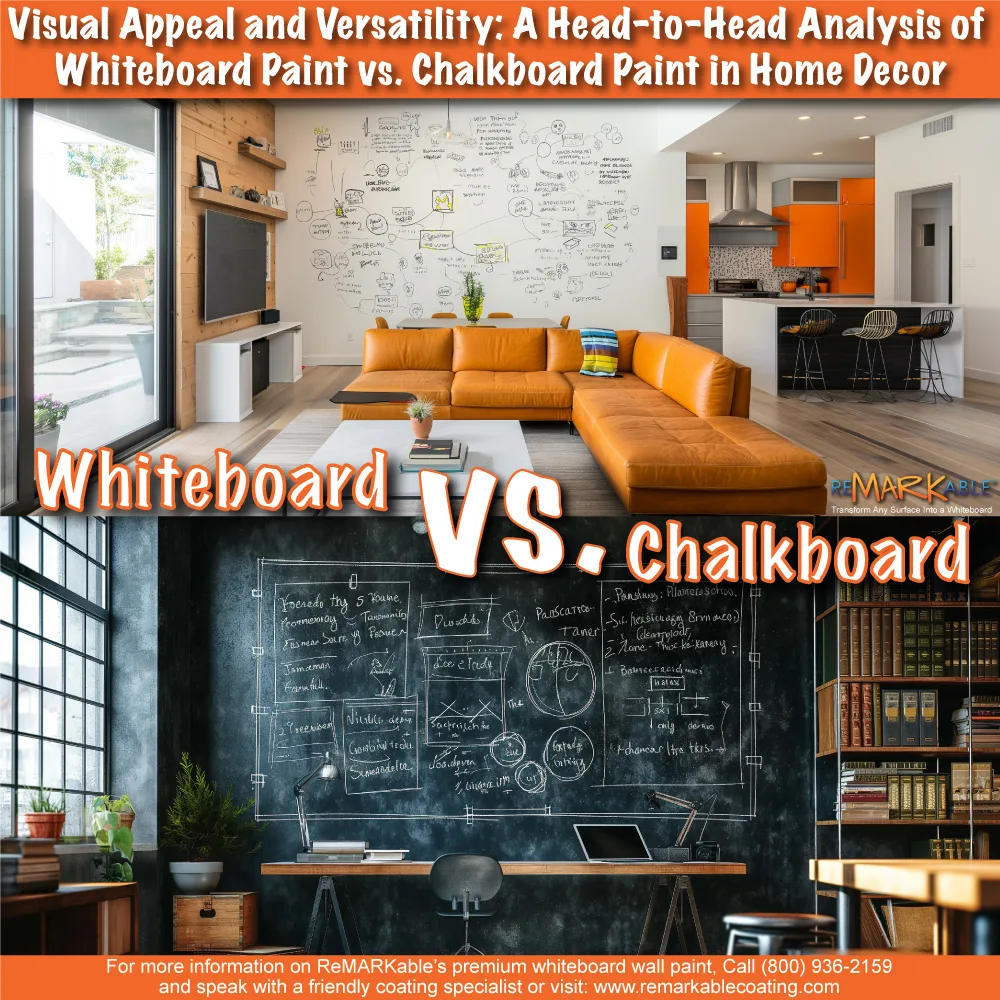


























































































![ReMARKable’s Winter Sale is Here! [25% Off + Free Shipping]](https://www.remarkablecoating.com/wp-content/uploads/2018/01/Red-Tag-Winter-Fashion-Facebook-Post-1-440x264.png)















![Drive Your Organization Into Openness and Watch it Expand [20% Off Whiteboard Paint]](https://www.remarkablecoating.com/wp-content/uploads/2016/04/Drive-Your-Organization-Into-Openness-and-Watch-It-Expand.-1-440x264.jpg)

![30% Off St Patrick’s Day Sale! [Details Inside]](https://www.remarkablecoating.com/wp-content/uploads/2016/03/Glorious-1-440x264.png)


![Giant Leaps Forward Require Big Spaces. [Leap Year Sale Event!]](https://www.remarkablecoating.com/wp-content/uploads/2016/02/Giant-Leaps-ForwardRequire-Big-Spaces-440x264.jpg)

















![ReMARKable Summer Sale 2018 [28% Off Whiteboard Paint]](https://www.remarkablecoating.com/wp-content/uploads/2018/06/Blue-Simple-Line-Beach-Facebook-Post-1-440x264.png)







































































































































































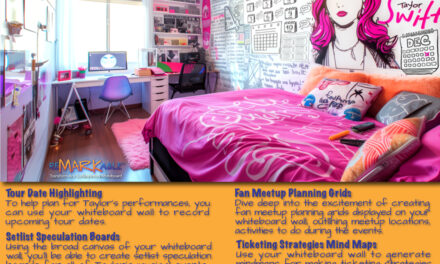



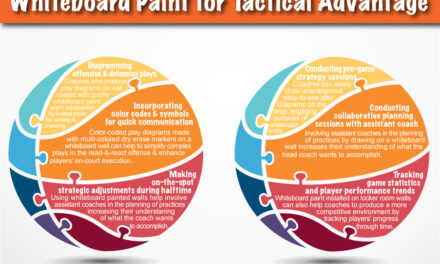
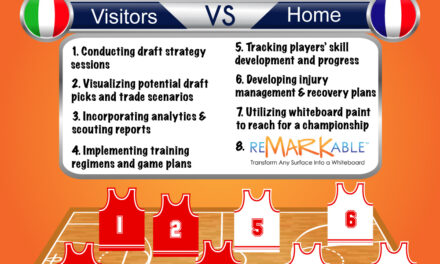




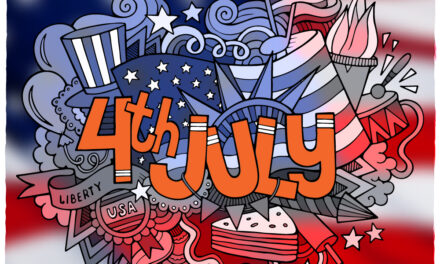

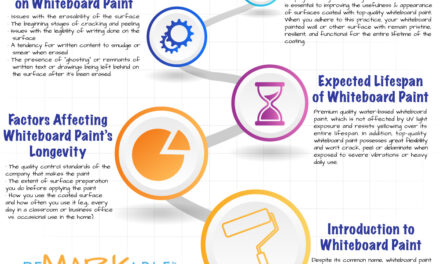






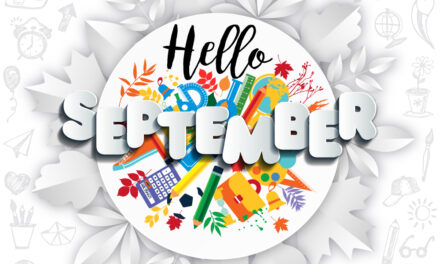

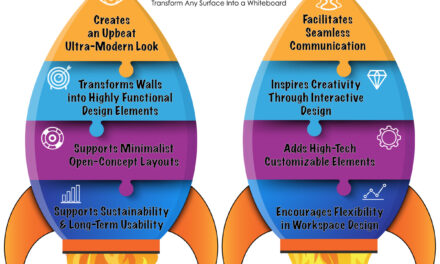

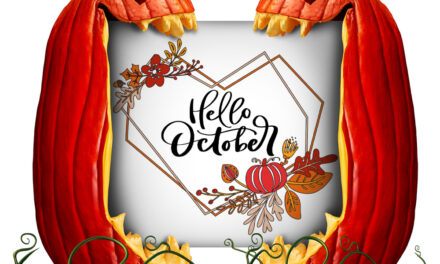
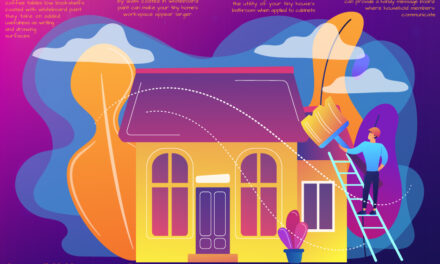

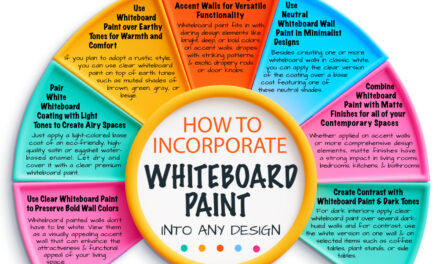




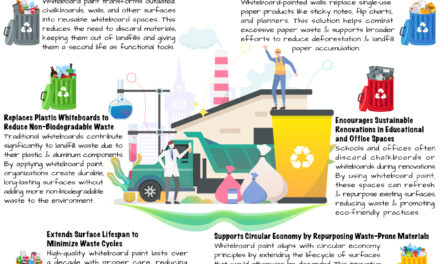
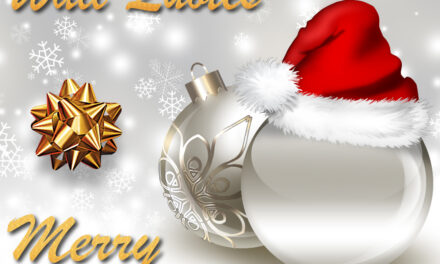



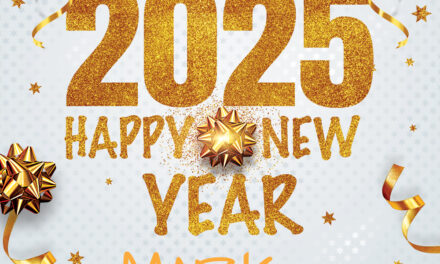


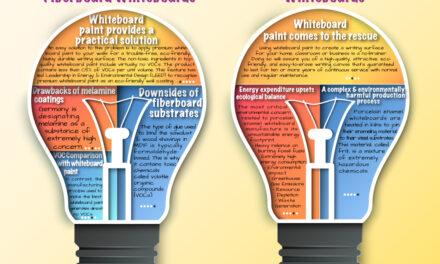

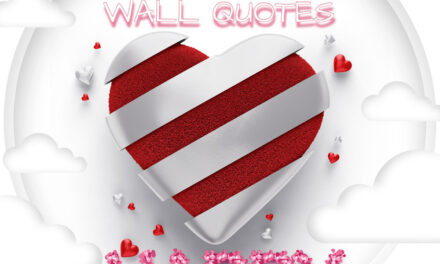
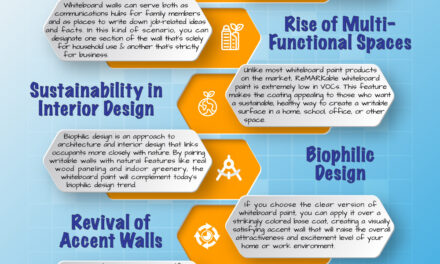

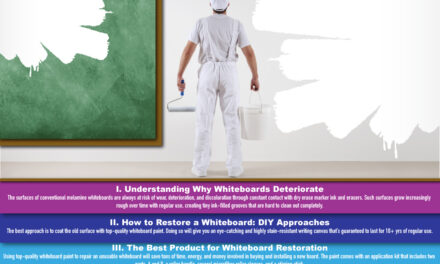


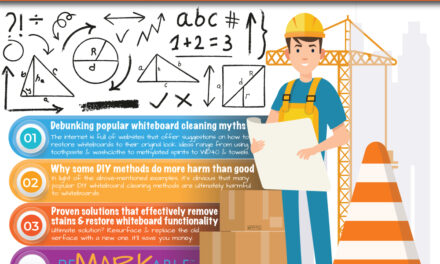


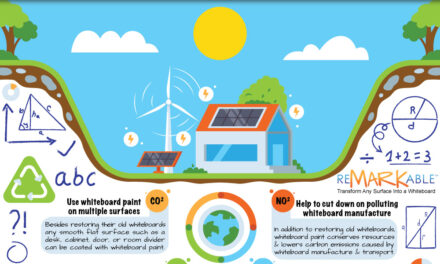
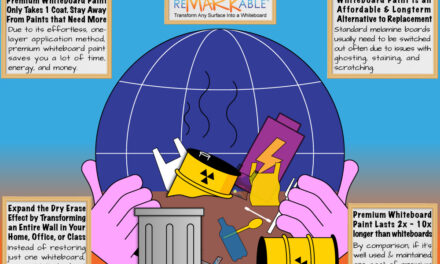
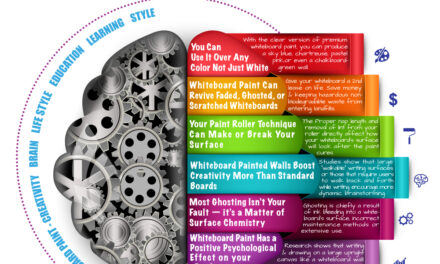
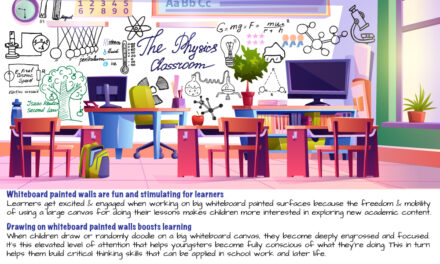
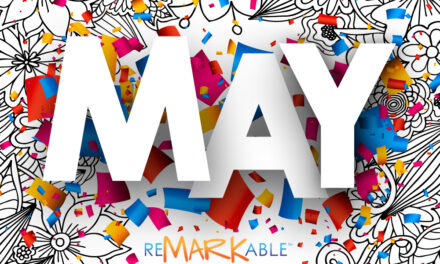

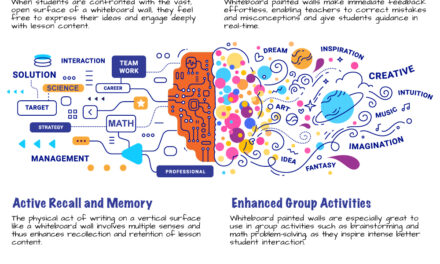



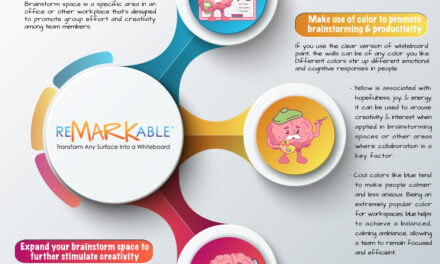
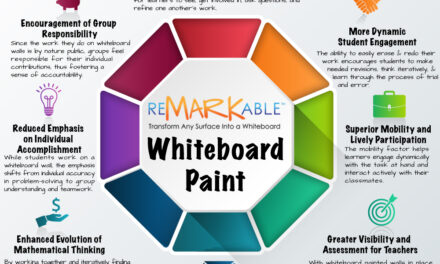


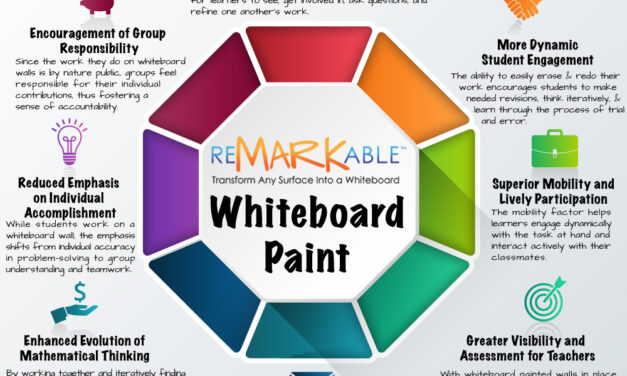
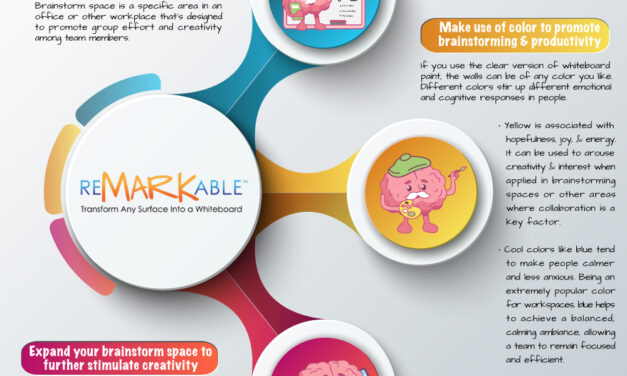








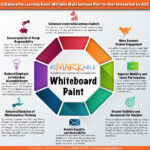

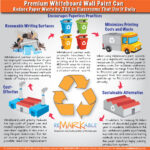

0 Comments